When providing healthcare for the transgender community, there can't be a disconnect

The Human Rights Campaign estimates that there are more than two million transgender people in the United States. While the transgender community has always been instrumental in the fight for equality, many transgender people today are still fighting another significant uphill battle — finding healthcare providers who are competent and compassionate.
Advertisement
Cleveland Clinic is a non-profit academic medical center. Advertising on our site helps support our mission. We do not endorse non-Cleveland Clinic products or services. Policy
According to urogynecologic surgeon Cecile Ferrando, MD, MPH, not only are Americans becoming more aware of gender identity, physicians are as well. Dr. Ferrando knows this because she specializes in transgender care.
“There’s been a huge push in the last ten years to help physicians get the education they need to provide comprehensive care for transgender and genderqueer individuals,” says Dr. Ferrando. What have they learned? Dr. Ferrando shares three things that providers need to understand when serving the transgender community.
Dr. Ferrando says transgender patients need routine healthcare like everyone else, but finding doctors hasn’t always been easy. Many patients go to lesbian, gay, bisexual and transgender (LGBT) centers or community health clinics. Some might even avoid doctors altogether.
According to the National Transgender Discrimination Study, about 28% of transgender people have experienced verbal harassment in a medical setting and 19% report having been refused medical care by providers because of their gender identity. The study also showed that 50% of patients had to educate their healthcare provider about transgender care.
“Today, more providers in private practices and large, academic medical centers like Cleveland Clinic offer routine care tailored to meet the unique needs of transgender patients,” says Dr. Ferrando. She says treatment involves the following.
Advertisement
The process of transitioning for most patients starts with seeing a mental health professional. Patients who are diagnosed with “gender dysphoria” — distress from feeling a disconnect between one’s gender identity and biologic sex — are referred for hormone therapy and assisted with transitioning socially. Once patients have lived as their self-affirmed gender and been on hormones (usually for at least one year), they can be referred for gender-affirming surgery.
Only some patients, not all, actually seek surgery.
“A big obstacle for patients is the financial burden of surgical care,” says Dr. Ferrando. “While improvements in insurance coverage have been astronomical, there is still a long way to go.”
Despite being aligned with lesbian, gay and bisexual communities, being transgender has nothing to do with sexual identity.
“Sexuality is about who you’re attracted to. Gender is about who you are,” says Dr. Ferrando.
A transgender person can be either heterosexual or homosexual, she notes. The identity is based on the person’s self-affirmed gender. For instance, someone born male who identifies as a female and is attracted to men is considered heterosexual.
“Physicians need to understand that gender and sexual spectrums are quite fluid,” says Dr. Ferrando. “It can be complicated, but once they get that labels aren’t really important, it becomes easier.”
Caring with respect and dignity
Dr. Ferrando spends a lot of time learning from transgender patients to improve their healthcare. Part of that involves studying outcomes, such as the effects of long-term hormone therapy or transition surgery. Current research is limited.
“Overall, physicians are becoming better able to serve transgender patients respectfully and with dignity,” says Dr. Ferrando. “I encourage patients who want to explore physical transition to seek out help from an experienced multidisciplinary team.”
Advertisement
Advertisement
Learn more about our editorial process.
Advertisement
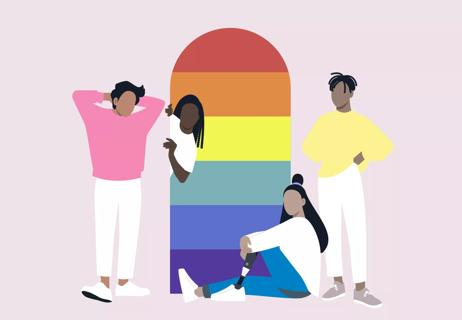
Start with one person you trust, and then you can open the door to the rest of the world
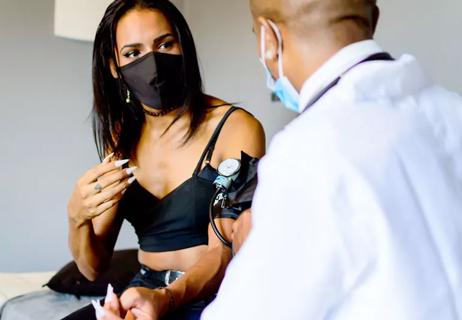
Find a healthcare provider who’s welcoming and affirming

Being nonbinary means not identifying solely (or at all) with being male or female
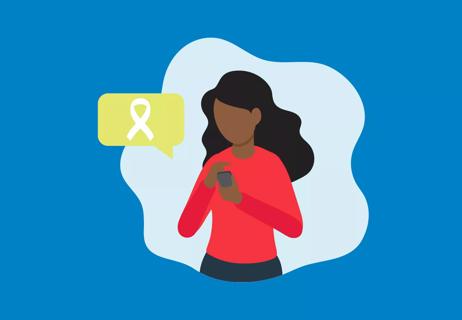
988 updates and replaces the old suicide hotline
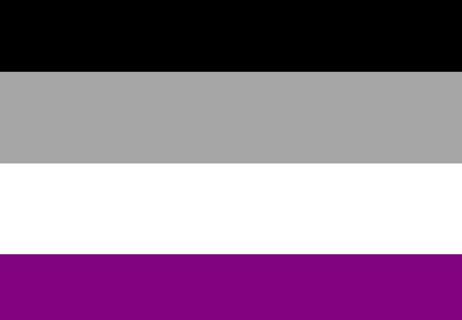
Our understanding of what it means to be asexual has blossomed

It can be difficult to qualify for certain tests
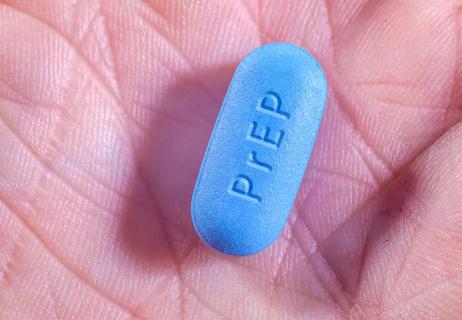
Contributing factors include racial disparities, high barriers to care and more

Most recommended precautions center around minimizing bruising or swelling

Type 2 diabetes isn’t inevitable with these dietary changes

Applying a hot or cold compress can help with pain